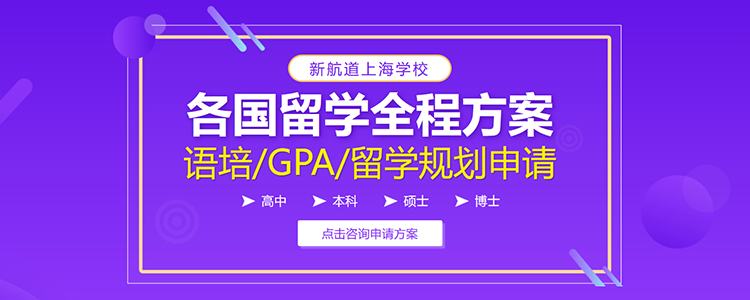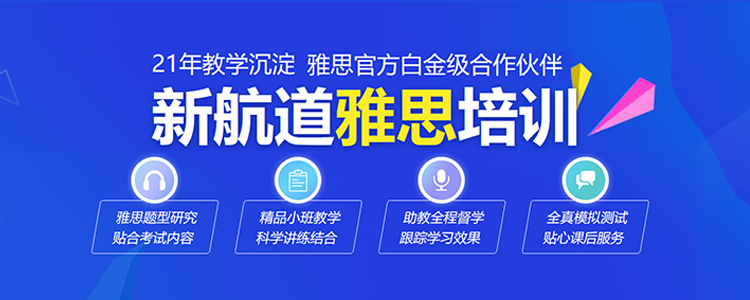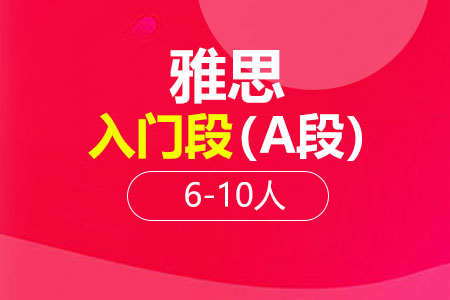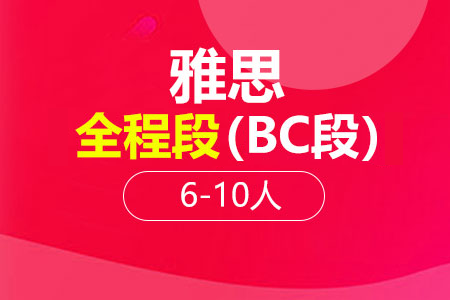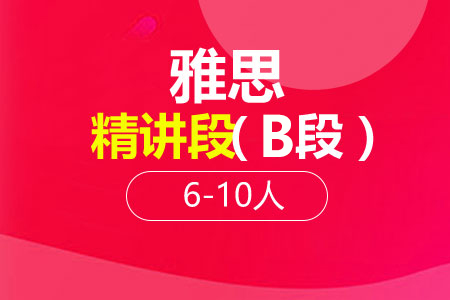剑桥雅思17 Test2 Passage1阅读原文及答案解析
剑17完整版新鲜出炉啦!!包含完整的 4个test和对应音频,大家可以好好利用起来~~《剑雅》 系列作为雅思考试的官方指南,雅思考试风向标。它在雅思备考中的重要性不必再过多强调啦。利用新的剑17可以熟悉了解题型分布以及题目难度等级上有哪些变化,然后针对性查漏补缺做准备哦。在下文中小编整理了剑桥雅思17 Test2 Passage1阅读原文及答案解析的信息,一起来看看吧。
1剑桥雅思17 Test2 Passage1阅读原文
第1段
In late 1946 or early 1947, three Bedouin teenagers were tending their goats and sheep near the ancient settlement of Qumran, located on the northwest shore of the Dead Sea in what is now known as the West Bank. One of these young shepherds tossed a rock into an opening on the side of a cliff and was surprised to hear a shattering sound. He and his companions later entered the cave and stumbled across a collection of large clay jars, seven of which contained scrolls with writing on them. The teenagers took the seven scrolls to a nearby town where they were sold for a small sum to a local antiquities dealer. Word of the find spread, and Bedouins and archaeologists eventually unearthed tens of thousands of additional scroll fragments from 10 nearby caves; together they make up between 800 and 900 manuscripts. It soon became clear that this was one of the greatest archaeological discoveries ever made.
第2段
The origin of the Dead Sea Scrolls, which were written around 2,000 years ago between 150 BCE and 70 CE, is still the subject of scholarly debate even today. According to the prevailing theory, they are the work of a population that inhabited the area until Roman troops destroyed the settlement around 70 CE. The area was known as Judea at that time, and the people are thought to have belonged to a group called the Essenes, a devout Jewish sect.
第3段
The majority of the texts on the Dead Sea Scrolls are in Hebrew, with some fragments written in an ancient version of its alphabet thought to have fallen out of use in the fifth century BCE. But there are other languages as well. Some scrolls are in Aramaic, the language spoken by many inhabitants of the region from the sixth century BCE to the siege of Jerusalem in 70 CE. In addition, several texts feature translations of the Hebrew Bible into Greek.
第4段
The Dead Sea Scrolls include fragments from every book of the Old Testament of the Bible except for the Book of Esther. The only entire book of the Hebrew Bible preserved among the manuscripts from Qumran is Isaiah; this copy, dated to the first century BCE, is considered the earliest biblical manuscript still in existence. This article is from laokaoya website. Along with biblical texts, the scrolls include documents about sectarian regulations and religious writings that do not appear in the Old Testament.
第5段
The writing on the Dead Sea Scrolls is mostly in black or occasionally red ink, and the scrolls themselves are nearly all made of either parchment (animal skin) or an early form of paper called ‘papyrus’. The only exception is the scroll numbered 3Q15, which was created out of a combination of copper and tin. Known as the Copper Scroll, this curious document features letters chiselled onto metal – perhaps, as some have theorized, to better withstand the passage of time. One of the most intriguing manuscripts from Qumran, this is a sort of ancient treasure map that lists dozens of gold and silver caches. Using an unconventional vocabulary and odd spelling, it describes 64 underground hiding places that supposedly contain riches buried for safekeeping. None of these hoards have been recovered, possibly because the Romans pillaged Judea during the first century CE. According to various hypotheses, the treasure belonged to local people, or was rescued from the Second Temple before its destruction or never existed to begin with.
第6段
Some of the Dead Sea Scrolls have been on interesting journeys. In 1948, a Syrian Orthodox archbishop known as Mar Samuel acquired four of the original seven scrolls from a Jerusalem shoemaker and part-time antiquity dealer, paying less than $100 for them. He then travelled to the United States and unsuccessfully offered them to a number of universities, including Yale. Finally, in 1954, he placed an advertisement in the business newspaper The Wall Street Journal – under the category ‘Miscellaneous Items for Sale’ – that read: ‘Biblical Manuscripts dating back to at least 200 B.C. are for sale. This would be an ideal gift to an educational or religious institution by an individual or group.’ Fortunately, Israeli archaeologist and statesman Yigael Yadin negotiated their purchase and brought the scrolls back to Jerusalem, where they remain to this day.
第7段
In 2017, researchers from the University of Haifa restored and deciphered one of the last untranslated scrolls. The university’s Eshbal Ratson and Jonathan Ben-Dov spent one year reassembling the 60 fragments that make up the scroll. Deciphered from a band of coded text on parchment, the find provides insight into the community of people who wrote it and the 364-day calendar they would have used. The scroll names celebrations that indicate shifts in seasons and details two yearly religious events known from another Dead Sea Scroll. Only one more known scroll remains untranslated.
2剑桥雅思17 Test2 Passage1阅读答案解析
第1题答案:rock
对应原文:第1段:One of these young shepherds tossed a rock into an opening on the side of a cliff and was surprised to hear a shattering sound.
答案解析:根据题目上一行的opening on the side of cliff定位到第1段的这句话,空前词threw与toss同义替换,由修饰关系确定rock为正确答案。哪怕大家不认识toss什么意思,原文中能与扔这一动作搭配的也只有rock一词。
第2题答案:cave
对应原文:第1段:He and his companions later entered the cave
答案解析:顺着上一题往下,空前词went into与enter同义替换,由修饰关系确定cave为正确答案。
第3题答案:clay
对应原文:第1段:stumbled across a collection of large clay jars, seven of which contained scrolls with writing on them.
答案解析:顺着上一题往下,题干中a number of对应a collection of,containers对应jars。空前词made of提示大家答案为材料,由此锁定clay。
第4题答案:Essenes
对应原文:第2段:and the people are thought to have belonged to a group called the Essenes, a devout Jewish sect.
答案解析:根据题目上一行的150 BCE and 70 CE定位到第二段。空前词known as与called同义替换,由此确定答案为Essenes。虽然这一句前面也有known as Judea,但这指的是地区,而非题目中要求的人。
第5题答案:Hebrew
对应原文:第3段:The majority of the texts on the Dead Sea Scrolls are in Hebrew
答案解析:顺着上一题往下,自然而然来到第三段。空前词mainly与majority同义替换,再加上空后language提示空上应该填一种语言,由此确定Hebrew为正确答案。
第6题答案:NOT GIVEN
对应原文:第1段:The teenagers took the seven scrolls to a nearby town where they were sold for a small sum to a local antiquities dealer.
答案解析:原文中确实提到,这些青少年拿着死海古卷到城镇上,卖了一点点钱。但他们是否对此感到失望则完全没有提及。题干中were disappointed的说法属于无中生有,由此判断答案为NOT GIVEN。
第7题答案:FALSE
对应原文:第2段:The origin of the Dead Sea Scrolls … this article is from laokaoya website, is still the subject of scholarly debate even today.
答案解析:第二段开头提到,死海古卷的起源如今仍然是学者们争论的话题,可见学术界并未达成一致。题目中的说法与原文冲突,由此判断答案为FALSE。
第8题答案:TRUE
对应原文:第4段:The only entire book of the Hebrew Bible preserved among the manuscripts from Qumran is Isaiah
答案解析:第四段提到,所有手稿中保存完整的只有《以赛亚书》。反过来说,也就是大部分手稿都不完整。题干中的说法与原文相符,由此判断答案为TRUE。
第9题答案:TRUE
对应原文:第5段:The writing on the Dead Sea Scrolls is mostly in black or occasionally red ink
Known as the Copper Scroll, this curious document features letters chiselled onto metal
答案解析:第五段中间提到,铜卷轴上的文字是錾刻上去的。而开头则说大部分死海古卷都用黑色或者红色的墨水书写完成。可见铜卷轴上信息的写作方式确实与众不同,由此判断答案为TRUE。
第10题答案:FALSE
对应原文:第6段:Mar Samuel acquired four of the original seven scrolls from a Jerusalem shoemaker and part-time antiquity dealer, paying less than $100 for them.
答案解析:第六段提到,Mar Samuel只用了不到100美元就从一个耶路撒冷鞋匠兼古董商那里买来了最初七个卷轴中的四个。既然花钱了就肯定不是礼物,由此判断答案为FALSE。
第11题答案:FALSE
对应原文:第6段:He then travelled to the United States and unsuccessfully offered them to a number of universities, including Yale.
答案解析:Mar Samuel尝试向美国大学兜售这些卷轴,但并未成功,最终只能登报做广告。可见美国的教育机构对它们并不热衷。题干中were keen to buy scrolls的说法与原文冲突,由此判断答案为FALSE。
第12题答案:TRUE
对应原文:第7段:In 2017 … The scroll names celebrations that indicate shifts in seasons and details two yearly religious events known from another Dead Sea Scroll
答案解析:第7段提到,2017年破译的一份卷轴中提到了昭示季节变化的庆典的名字,以及文章来自老烤鸭雅思从另一部卷轴中得知的一年两次宗教仪式的细节。题干中piece togather对应原文中reassemble和make up,annual occasions对应two yearly religious events,2000 years ago则是死海古卷的成书时间。即所有信息点在原文中都能找到对应,由此判断答案为TRUE。
第13题答案:NOT GIVEN
对应原文:第7段:Only one more known scroll remains untranslated.
答案解析:文章最后只是说,还剩下最后一幅卷轴未破译。而破译工作是否已经开始则不得而知。题干中currently researching的说法属于无中生有,由此判断答案为NOT GIVEN。


